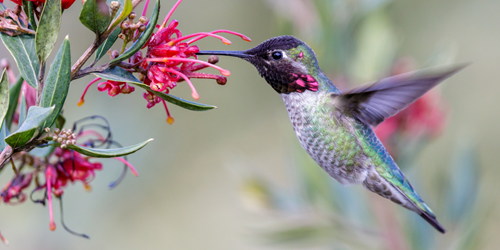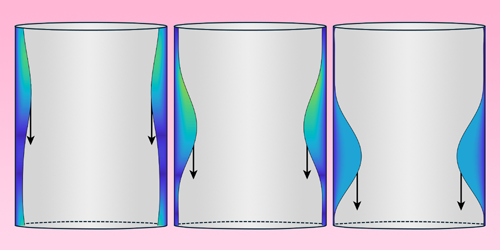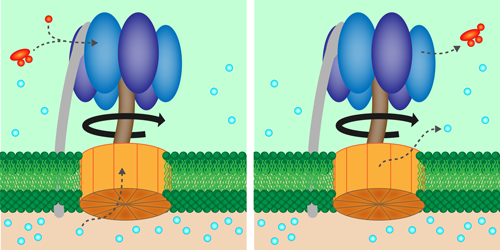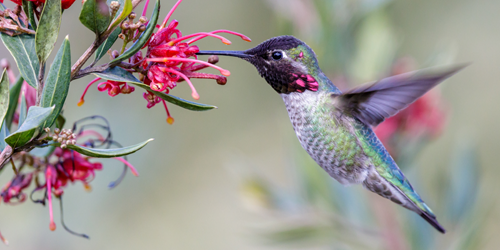October 22, 2025• Physics 18, s132
A new study suggests that a simple feedback mechanism enables the steady hovering of flapping insects and hummingbirds.
Yuval Helfman/stock.adobe.com

Yuval Helfman/stock.adobe.com
Flapping insects and hummingbirds use their ability to stably hover to help them feed, mate, and avoid predation. To stay in one spot, these animals must constantly sense their position or motion and adjust their flapping wings accordingly. Biophysicists have proposed various ways in which this feedback process could work, but those mechanisms may be too complex to be biologically plausible given the limited computational abilities of these creatures. Now Ahmed Elgohary and Sameh Eisa at the University of Cincinnati present a much simpler mechanism that takes advantage of the animal’s natural wing movements [1].
Earlier this year, Elgohary and Eisa demonstrated a new way in which a biological or physical system could be steered toward stabilization. The steering is achieved by analyzing the outcomes of adjustments made to a high-amplitude, high-frequency perturbation signal applied to the system. In their current study, the researchers suggest that flapping animals might be using such a mechanism to realize steady hovering. In this case, the perturbation signal and its adjustments are provided simply by the natural flapping motion of the animal’s wings. And the outcomes of these adjustments are sensations, such as visual cues, that depend on the animal’s altitude.
Elgohary and Eisa tested their hypothesis by simulating the resultant hovering of a hummingbird and five flapping insects: a bumblebee, a cranefly, a dragonfly, a hawkmoth, and a hoverfly. The simulation results were in excellent agreement with previously reported experimental data for those creatures. In addition to shedding light on the hovering of insects and of hummingbirds, this work could help scientists design better hovering robots, the researchers say.
–Ryan Wilkinson
Ryan Wilkinson is a Corresponding Editor for Physics Magazine based in Durham, UK.
ReferencesA. A. Elgohary and S. A. Eisa, “Hovering flight in flapping insects and hummingbirds: A natural real-time and stable extremum-seeking feedback system,” Phys. Rev. E 112, 044412 (2025).Subject AreasRelated Articles

 More Articles
More Articles

